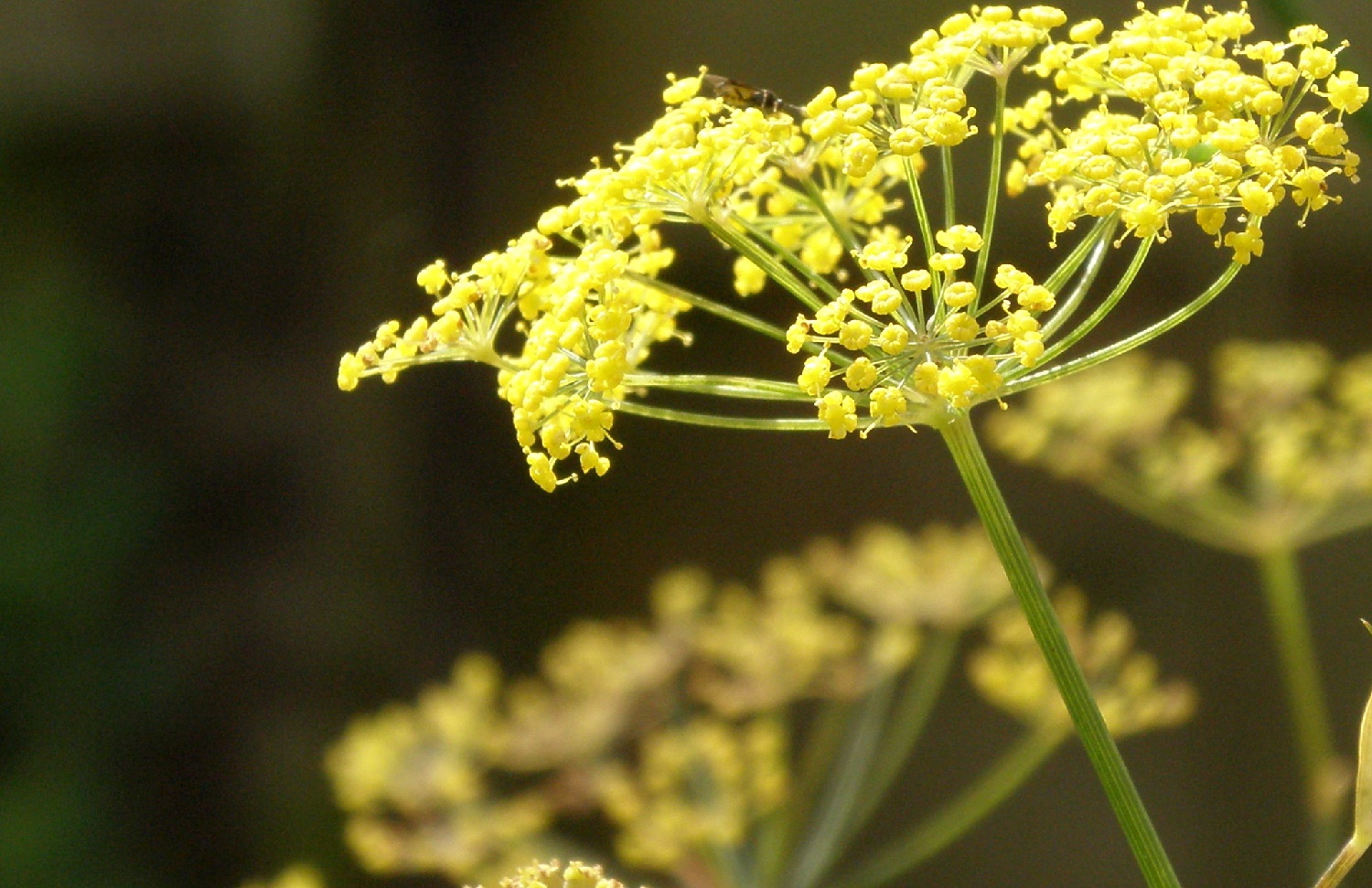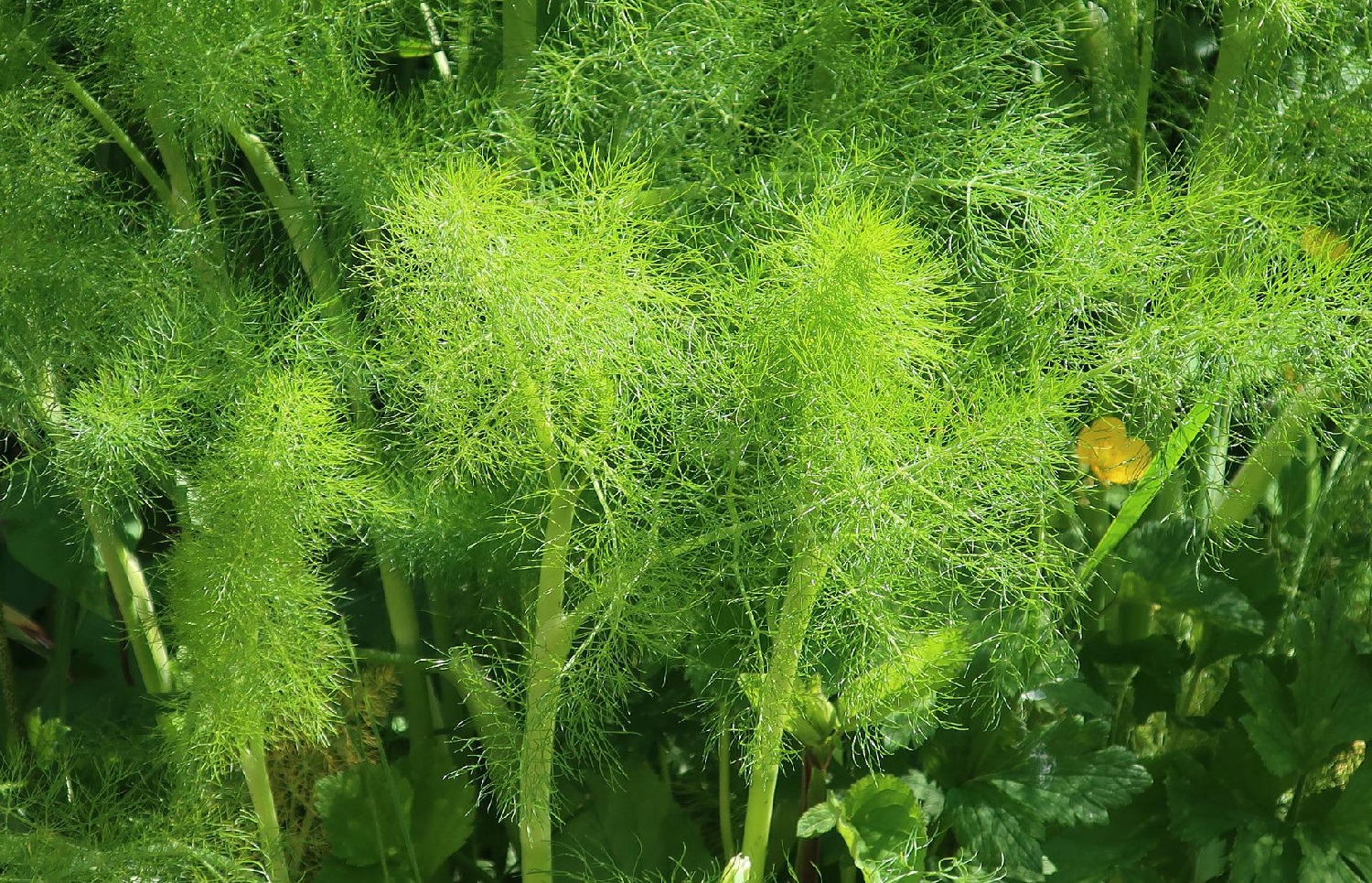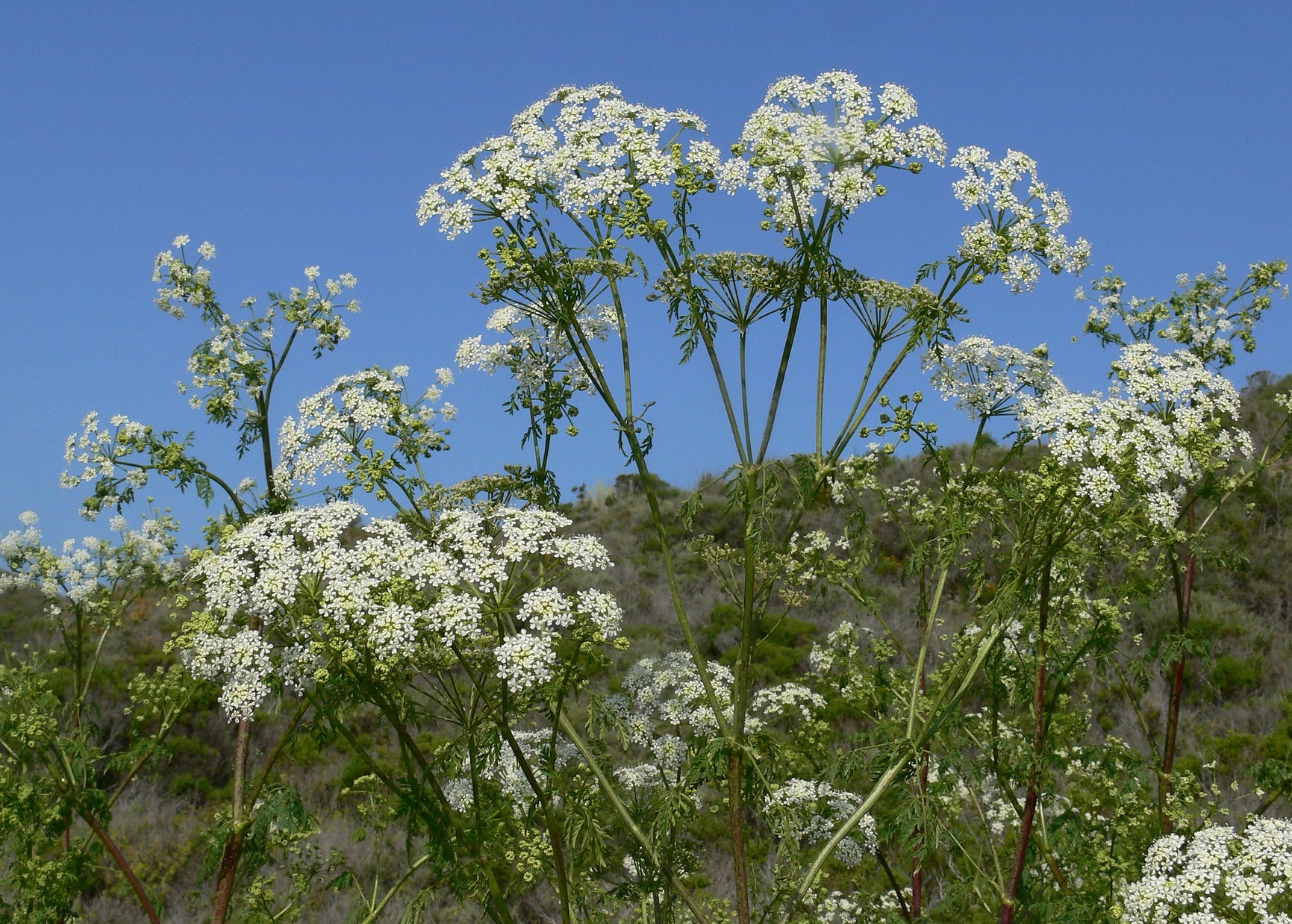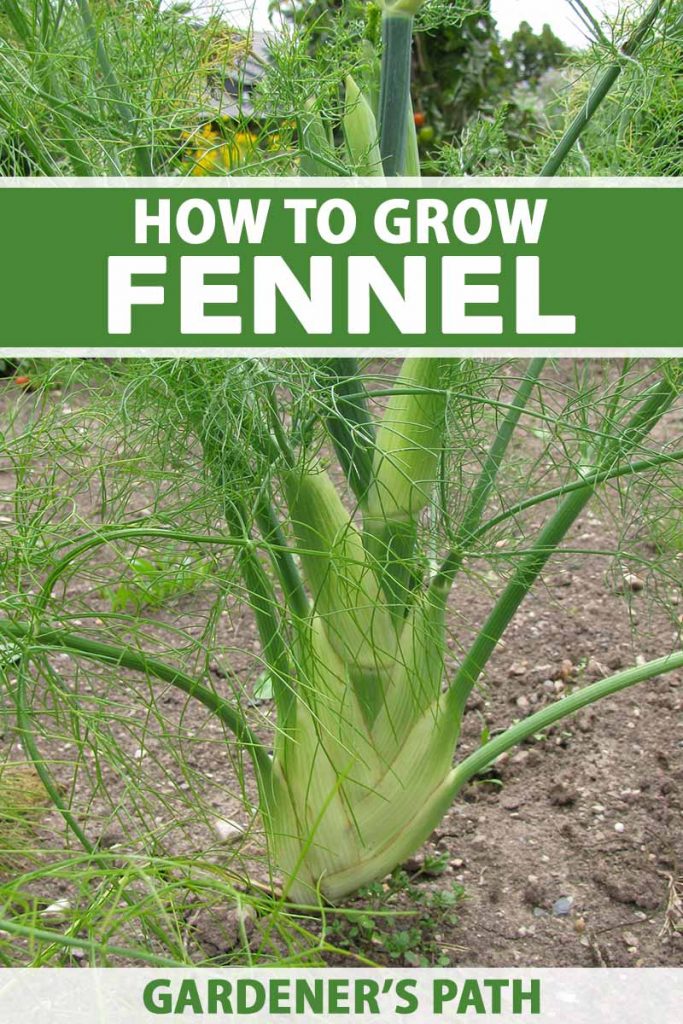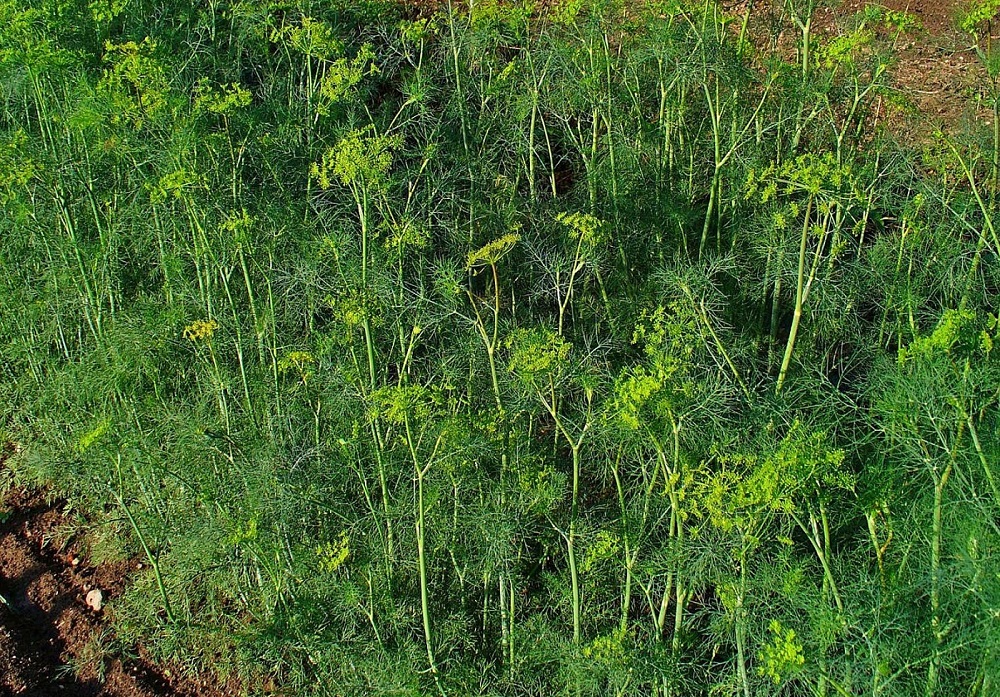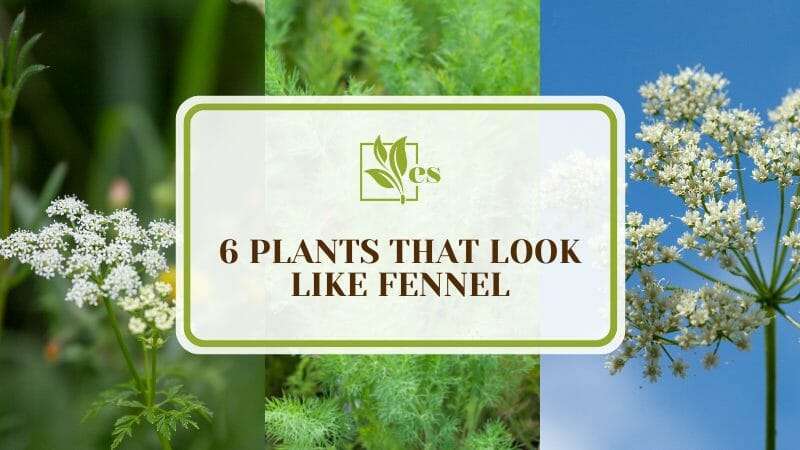What Makes a Plant a Fennel Lookalike?
Plants that resemble fennel have been a topic of interest among gardeners and botanists for centuries. These doppelganger plants share similar characteristics with fennel, such as feathery foliage, tall stalks, and anise-like scents. But what exactly makes a plant a fennel lookalike? To answer this question, we need to delve into the world of plant morphology and explore the unique features that define these plants.
One of the primary characteristics of fennel lookalikes is their foliage. Many of these plants have delicate, lacy leaves that resemble the feathery plumes of fennel. This similarity in foliage is often due to the plants’ shared evolutionary history, with many fennel lookalikes belonging to the same plant families as fennel. For example, plants like dill and lovage, which are commonly mistaken for fennel, belong to the same Apiaceae family.
In addition to their foliage, fennel lookalikes often have tall, upright stalks that resemble the stalks of fennel. These stalks can grow to varying heights, depending on the specific plant species, but they often provide a striking visual similarity to fennel. The anise-like scent of fennel is another characteristic that many of its lookalikes share. This scent is often due to the presence of similar essential oils in the plants, which are responsible for their distinctive aromas.
So why are gardeners interested in growing plants that look like fennel? For one, these plants can add a unique touch to the garden, providing a sense of diversity and visual interest. Additionally, many fennel lookalikes have culinary and medicinal uses, making them a valuable addition to the garden. By understanding what makes a plant a fennel lookalike, gardeners can better appreciate the unique characteristics of these plants and make informed decisions about which ones to grow in their gardens.
How to Identify Fennel Impostors: A Guide to Similar Plants
When it comes to identifying plants that look like fennel, it’s essential to know what to look for. Several plants are commonly mistaken for fennel due to their similar appearance, growth habits, and fragrances. In this section, we’ll explore some of the most common fennel impostors, including their unique features and characteristics.
One of the most common plants mistaken for fennel is dill (Anethum graveolens). While dill and fennel share a similar appearance, they belong to different plant families. Dill has a more delicate, lacy foliage and a sweeter, less anise-like fragrance. Another plant often confused with fennel is lovage (Levisticum officinale). Lovage has a coarser, more robust foliage and a stronger, more celery-like flavor.
Other plants that may be mistaken for fennel include angelica (Angelica archangelica), wild fennel (Foeniculum vulgare), and sweet cicely (Myrrhis odorata). Each of these plants has its unique characteristics, growth habits, and uses in the garden or kitchen. By understanding the differences between these plants, gardeners can make informed decisions about which ones to grow and how to care for them.
When identifying plants that look like fennel, it’s crucial to examine their foliage, growth habits, and fragrances. Look for plants with feathery, lacy foliage and tall, upright stalks. Check for anise-like fragrances and flavors, which are characteristic of many fennel lookalikes. By paying attention to these details, gardeners can accurately identify plants that resemble fennel and make the most of their unique characteristics.
Dill: The Most Convincing Fennel Lookalike
Dill (Anethum graveolens) is perhaps the most convincing fennel lookalike, with its delicate, lacy foliage and tall, upright stalks. While dill and fennel share a similar appearance, they belong to different plant families and have distinct flavors and aromas. Dill is a popular culinary herb, used to add flavor to pickles, sauces, and salads. Its sweet, slightly bitter flavor is a perfect complement to many dishes, and its fragrance is often used in perfumes and potpourri.
One of the benefits of growing dill is its ability to attract beneficial insects, such as bees and butterflies, to the garden. Dill is also a natural pest repellent, and can be used to deter aphids, spider mites, and other garden pests. In addition, dill is a low-maintenance crop, requiring minimal care and attention to thrive.
Dill is a versatile herb that can be used in a variety of ways. It can be harvested fresh, or dried for later use. Dill seeds can also be used as a spice, adding a warm, slightly bitter flavor to dishes. In addition, dill has been used for centuries in herbal remedies, particularly for its digestive benefits.
For gardeners looking to grow dill, it’s essential to provide the right conditions. Dill prefers well-drained soil and full sun, although it can tolerate partial shade. It’s also important to water dill regularly, but avoid overwatering, which can lead to root rot. With proper care, dill can be a rewarding and flavorful addition to any garden.
Other Fennel Doppelgangers: Lovage, Angelica, and More
In addition to dill, there are several other plants that bear a resemblance to fennel. Lovage (Levisticum officinale), for example, is a tall, stately plant with a similar appearance to fennel. Its leaves are a bit coarser, but its stalks are just as tall and upright. Lovage has a sweet, slightly bitter flavor and is often used in soups, stews, and salads.
Angelica (Angelica archangelica) is another plant that is often mistaken for fennel. Its leaves are a bit larger and more rounded, but its stalks are just as tall and have a similar anise-like fragrance. Angelica is a versatile herb that can be used in cooking, herbal remedies, and even as a natural dye.
Wild fennel (Foeniculum vulgare) is a plant that is closely related to fennel, but has a more delicate appearance. Its leaves are smaller and more feathery, and its stalks are shorter and more slender. Wild fennel has a sweet, anise-like flavor and is often used in cooking and herbal remedies.
Other plants that resemble fennel include sweet cicely (Myrrhis odorata), anise (Pimpinella anisum), and caraway (Carum carvi). Each of these plants has its unique characteristics, growth habits, and uses in the garden or kitchen. By understanding the differences between these plants, gardeners can make informed decisions about which ones to grow and how to care for them.
When growing plants that look like fennel, it’s essential to provide the right conditions. Most of these plants prefer well-drained soil and full sun, although some can tolerate partial shade. Regular watering and fertilization can also help promote healthy growth and prevent pests and diseases.
How to Grow Fennel Lookalikes: Tips and Tricks
Growing plants that look like fennel can be a rewarding experience, but it requires proper care and attention. Here are some tips and tricks to help you cultivate these plants and ensure healthy growth.
Soil Preferences: Most plants that look like fennel prefer well-drained soil that is rich in organic matter. Add compost or manure to the soil to improve its fertility and drainage. Avoid using heavy clay or sandy soils, as they can cause waterlogging or drought stress.
Sunlight Requirements: Fennel lookalikes generally require full sun to partial shade. Choose a location that receives direct sunlight for at least 4-6 hours a day. However, some plants like angelica and lovage can tolerate partial shade, so make sure to check the specific requirements for each plant.
Watering Needs: Plants that look like fennel require consistent moisture, especially during the germination and seedling stages. Water them regularly, but avoid overwatering, which can lead to root rot and other problems. Mulch around the plants to retain moisture and suppress weeds.
Fertilization: Feed your fennel lookalikes with a balanced fertilizer during the growing season. Avoid using high-nitrogen fertilizers, as they can promote leaf growth at the expense of root development. Instead, use a fertilizer that is high in phosphorus and potassium to promote root growth and flowering.
Pest and Disease Management: Keep an eye out for pests like aphids, whiteflies, and spider mites, which can infest fennel lookalikes. Use organic pest control methods like neem oil and insecticidal soap to control infestations. Regularly inspect your plants for signs of disease like yellowing leaves, black spots, or powdery mildew. Use fungicides or bactericides as needed to control disease outbreaks.
Using Fennel Lookalikes in Cooking and Herbal Remedies
Plants that look like fennel are not only visually appealing, but they also offer a range of culinary and medicinal uses. In this section, we’ll explore some of the ways you can use these plants in cooking and herbal remedies.
Culinary Uses: Fennel lookalikes like dill, lovage, and angelica can be used in a variety of dishes, from soups and stews to salads and sauces. They add a fresh, anise-like flavor that pairs well with fish, meat, and vegetables. Try using dill in a homemade pickle recipe, or add lovage to a hearty beef stew.
Herbal Remedies: Many plants that look like fennel have been used for centuries in herbal remedies. Dill, for example, is said to have carminative properties, which can help to relieve digestive issues like bloating and gas. Lovage is also used to treat digestive problems, as well as to reduce inflammation and improve circulation.
Recipe Ideas: Here are a few recipe ideas that showcase the culinary uses of fennel lookalikes:
Dill Pickles: Slice up some fresh cucumbers and soak them in a brine made with dill, vinegar, and spices.
Lovage Soup: Simmer lovage leaves and stems in a flavorful broth made with chicken or beef stock, then puree until smooth.
Angelica Salad: Toss together chopped angelica leaves, mixed greens, cherry tomatoes, and a tangy vinaigrette for a refreshing summer salad.
Health Benefits: In addition to their culinary uses, plants that look like fennel also offer a range of health benefits. Dill, for example, is rich in antioxidants and has been shown to have anti-inflammatory properties. Lovage is also high in antioxidants and has been used to treat a range of health issues, from digestive problems to skin conditions.
Fennel Lookalikes in the Garden: Companion Planting and Design Ideas
Plants that look like fennel can be a valuable addition to any garden, not only for their unique appearance and fragrance, but also for their ability to improve growth, deter pests, and attract pollinators. In this section, we’ll explore some ideas for incorporating fennel lookalikes into your garden design.
Companion Planting: Fennel lookalikes like dill, lovage, and angelica can be used as companion plants to improve the growth and health of other plants in your garden. For example, dill can be planted with cucumbers to improve their growth and flavor, while lovage can be planted with tomatoes to deter pests and improve their flavor.
Garden Design Ideas: Fennel lookalikes can be incorporated into a variety of garden styles and themes, from modern and contemporary to traditional and rustic. Here are a few ideas for incorporating fennel lookalikes into your garden design:
Modern Garden: Plant fennel lookalikes like dill and lovage in a modern garden alongside other plants with bold, architectural shapes, like succulents and grasses.
Traditional Garden: Incorporate fennel lookalikes like angelica and wild fennel into a traditional garden alongside other plants with soft, romantic shapes, like roses and peonies.
Rustic Garden: Plant fennel lookalikes like dill and lovage in a rustic garden alongside other plants with a wild, natural appearance, like wildflowers and native grasses.
Attracting Pollinators: Fennel lookalikes like dill and lovage are also attractive to pollinators like bees and butterflies, making them a great addition to any garden. Plant them in a location that receives full sun and has good air circulation to attract the most pollinators.
Conclusion: Embracing the Beauty of Fennel Lookalikes
Plants that look like fennel are a fascinating group of plants that offer a range of benefits for gardeners and cooks. From their unique appearance and fragrance to their culinary and medicinal uses, these plants are a great addition to any garden or kitchen.
In this article, we’ve explored the characteristics that make a plant a fennel lookalike, including their feathery foliage, tall stalks, and anise-like scents. We’ve also discussed the benefits of growing these plants, including their use as companion plants to improve growth, deter pests, and attract pollinators.
We’ve also showcased a selection of plants that bear a resemblance to fennel, including dill, lovage, angelica, and wild fennel. Each of these plants has its unique characteristics, growth habits, and uses in the garden or kitchen.
Whether you’re a seasoned gardener or a beginner cook, plants that look like fennel are definitely worth considering. They’re easy to grow, versatile in their uses, and offer a range of benefits for both the garden and the kitchen.
So why not give plants that look like fennel a try? Experiment with different varieties, uses, and recipes to find the ones that work best for you. With their unique charms and benefits, these doppelganger plants are sure to become a favorite in your garden or kitchen.



